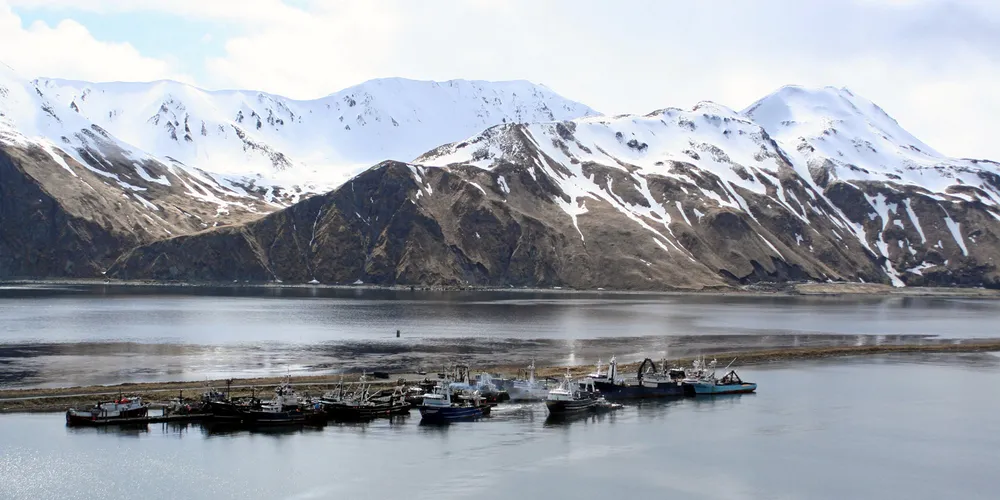Here's why American Seafoods and other pollock suppliers use 'The Bayside Program' to ship their fish
One top American Seafoods executive says that even if sufficient US vessel-rail-truck combinations were available, any alternative would result in nearly double the cost for transportation.
